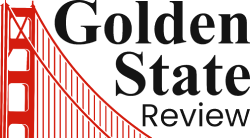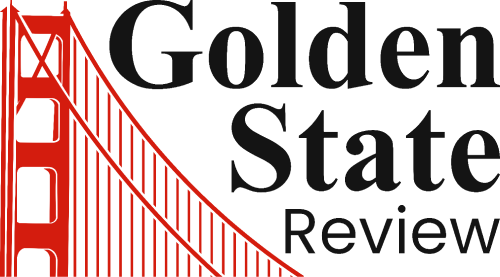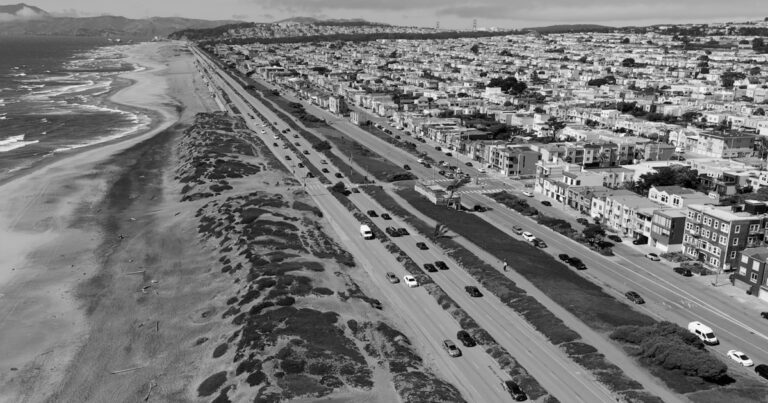Transforming the Great Highway: Exploring Economic and Safety Benefits
The Great Highway, nestled within San Francisco’s Sunset and Parkside neighborhoods, attracts nearly 10,000 visitors every weekend. This area, often referred to as the “Outer Lands,” has seen a notable shift from vehicle dominance to a vibrant community space where families enjoy outdoor activities like skating, biking, and scootering.
A Local Perspective on Weekend Activities
As residents living without a car in the Haight, my wife and I often join friends in this lively setting. Each weekend, I bike to her art studio near the Great Highway, stopping at local favorites like Andytown for coffee or Woods for a four-pack of craft beer. Our regular gatherings at the log bench on Noriega often conclude with meals from one of the nearby eateries, such as Pizza Place, Hook Fish, Outerlands, or Toyose. Each visit, we typically contribute $40 to $80 towards the local economy.
Research Insights on Waterfront Developments
This personal experience aligns with extensive research focused on the economic impacts of transforming industrial and roadway areas into public parks. Analysis of data from various cities showcases a recurring theme: conversions lead to significant economic benefits for local businesses.
Case Studies of Successful Conversions
Hudson River Park, New York
One of the most illustrative cases is Hudson River Park in New York City. Established in the late 1990s, this 4.5-mile waterfront promenade emerged from the demolition of the elevated West Side Highway. It now supports over 3,000 jobs and has generated approximately $1.1 billion in economic benefits for the city.
Tom McCall Waterfront Park, Portland
Similarly, in the late 1970s, Portland’s planners eliminated Harbor Drive to create Tom McCall Waterfront Park, which now contributes an additional $56 million annually to local businesses through numerous events and festivals.
Indianapolis Cultural Trail
Inland, the Indianapolis Cultural Trail—crafted from former roadways, parking lots, and sidewalks—has produced an extra $21 million each year for local enterprises and created over 11,000 jobs since its 2013 launch.
The Future of the Great Highway
As San Francisco reflects on its own urban landscape, residents will soon have the chance to vote on Proposition K. If approved, this proposition would transform a two-mile stretch of the Great Highway into a public park, potentially welcoming up to 1.3 million visitors each year and generating an estimated $13 million in additional spending for local businesses. Furthermore, closing this segment to vehicular traffic could decrease accident rates and improve emergency response times as pedestrian attendance surges.
Concerns and Considerations
While the prospects are promising, it’s crucial to acknowledge the concerns of local business owners who may fear the changes to traffic patterns could impact their livelihoods. The challenges faced by small businesses during the Central Subway construction and other transit projects remain fresh in their minds, leading to resistance against similar initiatives.
The Role of the San Francisco Recreation and Parks Department
Fortunately, the Great Highway falls under the purview of the San Francisco Recreation and Parks Department, noted for their successful management of the JFK Promenade in Golden Gate Park. Transitioning from a busy thoroughfare to a pedestrian-friendly area, the Promenade now enjoys approximately 3 million visitors annually.
Conclusion
The potential transformation of the Great Highway into a permanent public park stands not only to enhance local economic conditions but also to foster a safer, more vibrant community space. As residents head to the polls, the implications of their vote will resonate far beyond individual preferences, shaping the future landscape of San Francisco.



